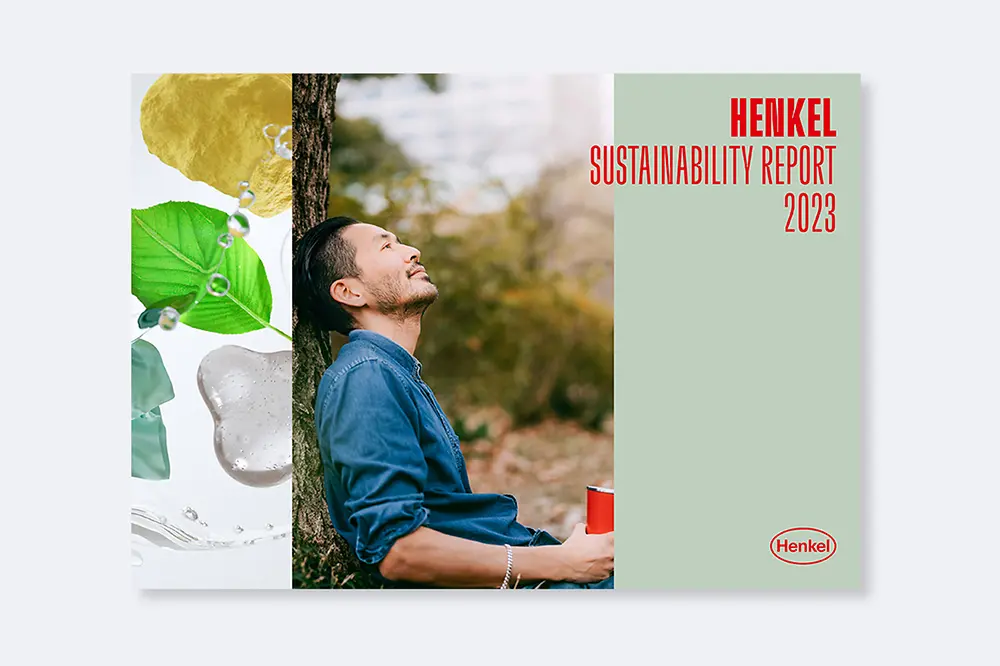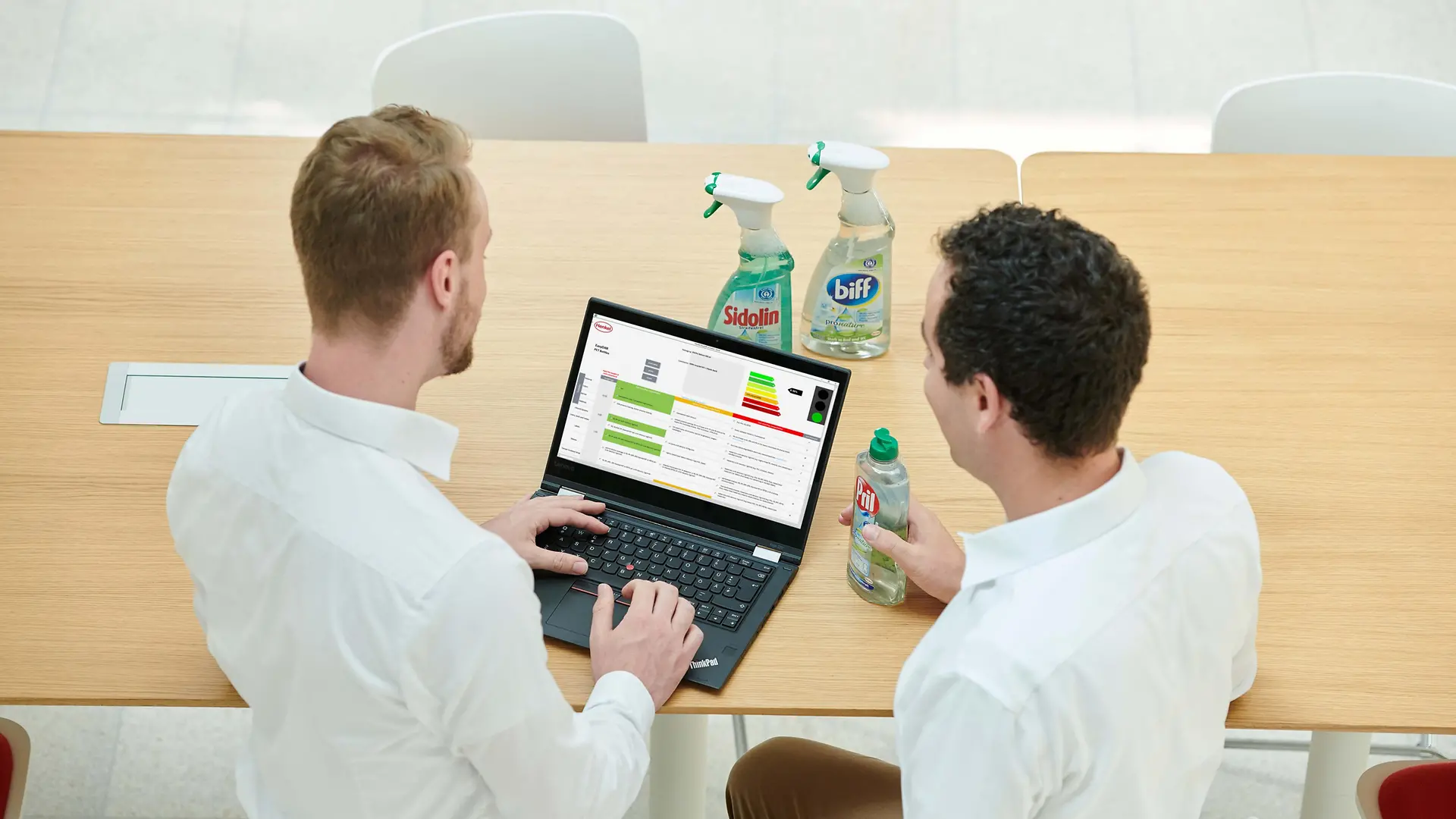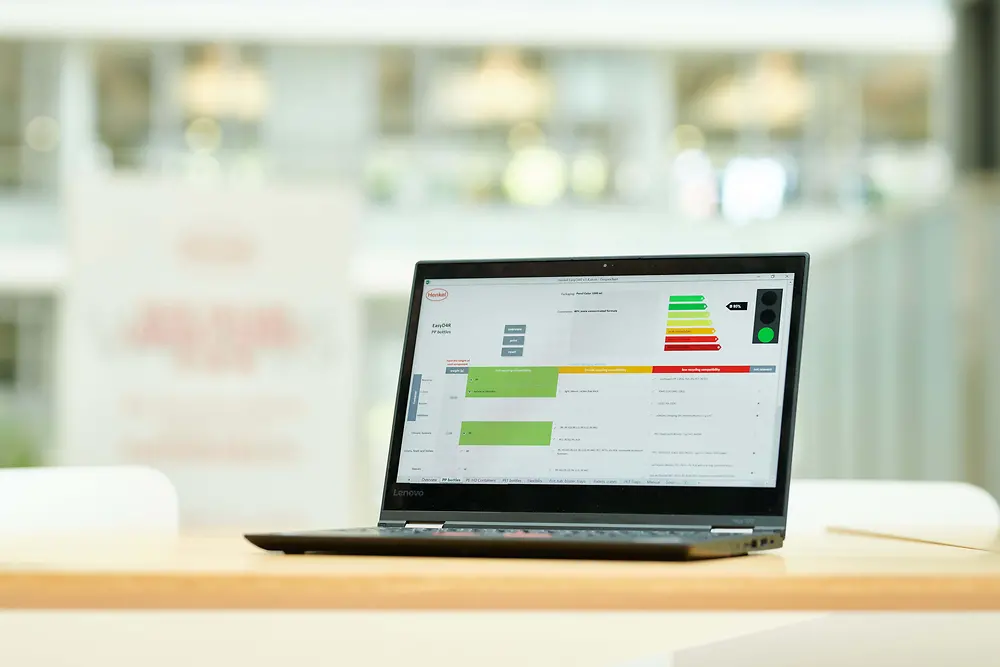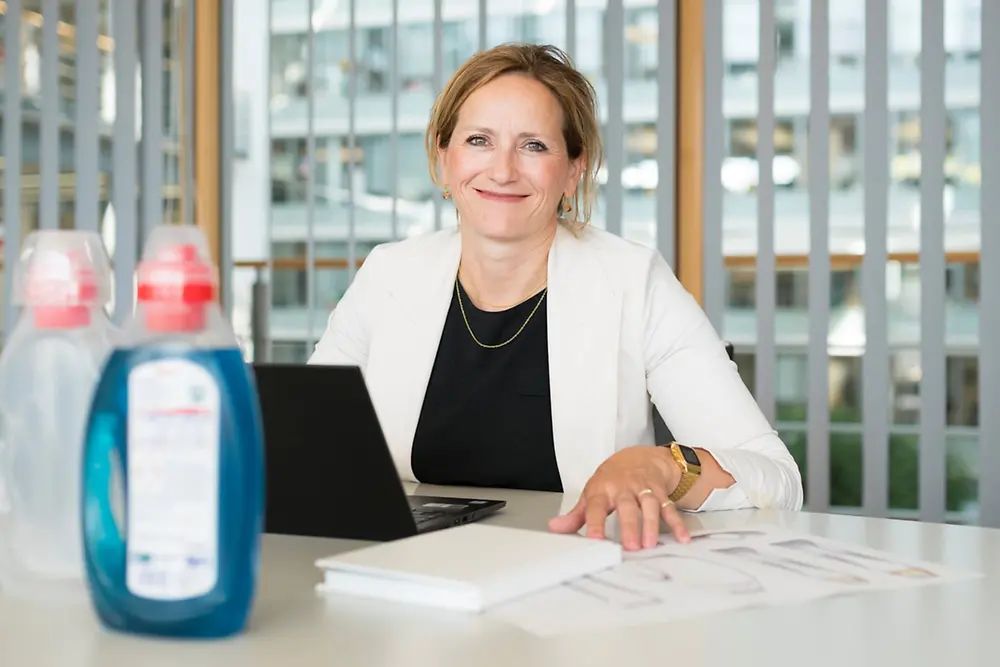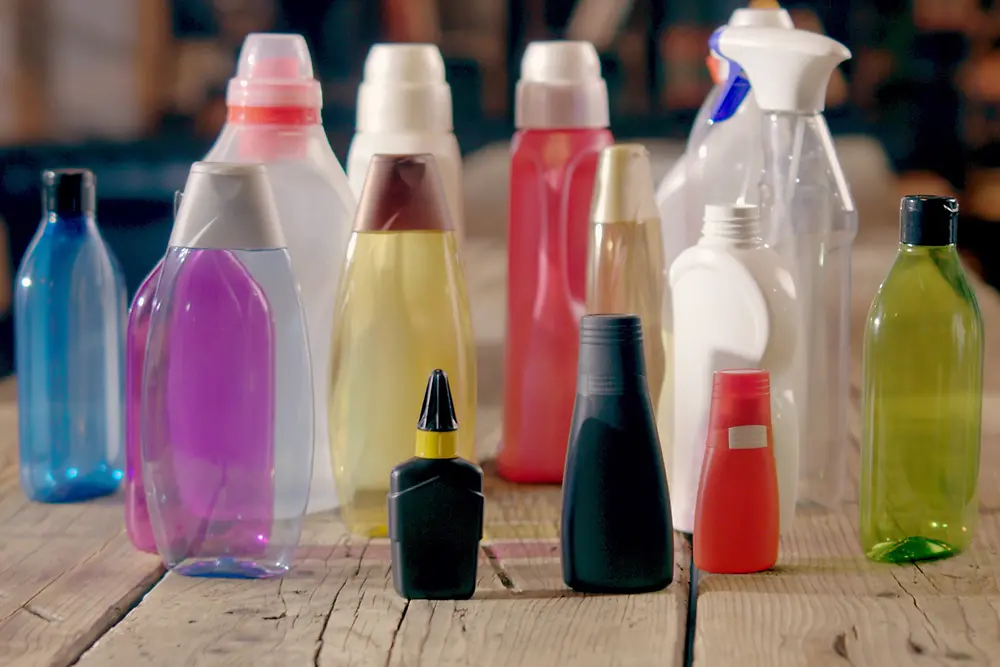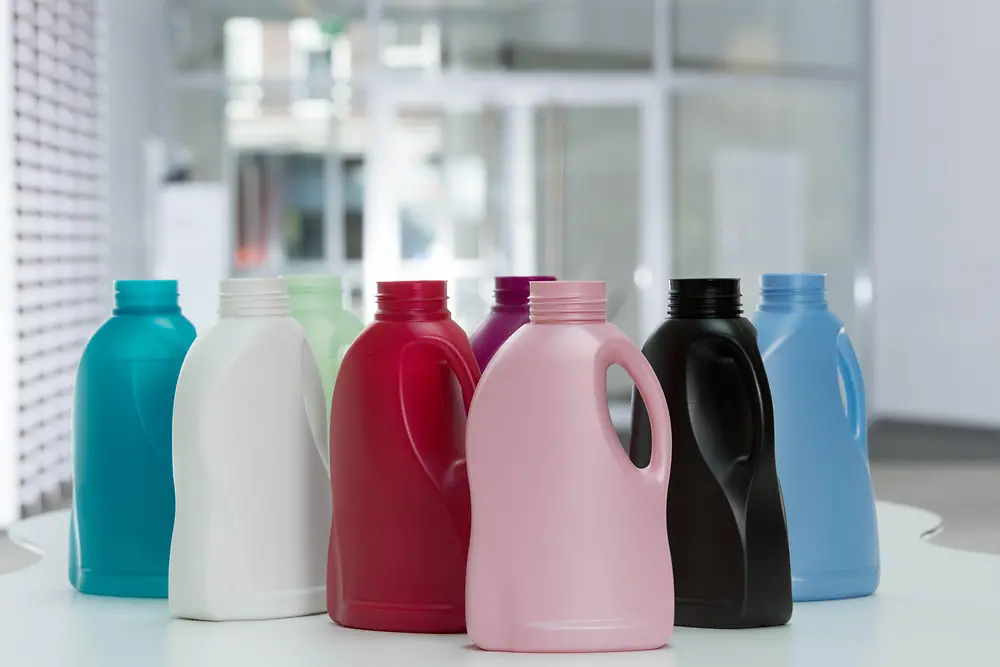Learn more about Henkel Brands & Businesses in UK & Irelands: Includes useful information about the brands, technologies and latest innovations in our business areas: Adhesive Technologies and Consumer Brands.
Lightweight contenders: how innovations in packaging are turning the tide on waste

Small changes in product packaging can make for major improvements to the environment over time. And thanks to a new tool, manufacturers can weigh up packaging recyclability at the design stage
An end to the throwaway society is in sight. From boosting recycled plastic in shower gel bottles to creating easily removed labels from packs to aid recycling, manufacturers are looking to reduce the environmental impacts of their products.
Where once elaborate, heavyweight packaging was synonymous with quality and desirability, today consumers are demanding that their products are shipped in sustainable, lightweight and recyclable formats. Sustainable packaging is on the rise and manufacturers are stripping down packs and improving recyclability.
“The world of packaging has never moved so fast,” says Colin Zenger, a member of the team responsible for sustainable packaging for Henkel’s laundry and homecare products. “We see a trend to recycling – there’s more recycled content going into packaging and we see a huge improvement in smart design.”
Consumer goods companies are redesigning existing packaging and making sure new designs are environmentally friendly. One widely used strategy is “lightweighting” – reducing the size and weight of packaging to make the products lighter to transport, thus lowering the carbon footprint of shipping. Henkel has reduced the thickness of the metal container for its Taft hairspray, saving more than 15% of the material and water used in production. The company says the redesign saves up to 3,500 metric tonnes of CO2 emissions and 900,000 cubic metres of water every year.
The move to lightweight packaging has also led some companies to replace glass containers with lighter plastic ones. Some in the packaging industry argue that plastic has played a part in sustainability by helping preserve products from decay, while also being light and flexible. But there has been a strong focus on the devastating impacts of single-use plastics, as plastic waste finds its way into oceans. This has spurred consumer goods companies to reduce their use of plastic packaging and make it more recyclable.
Henkel has redesigned the spray pump for some of its cleaning products so that it uses less plastic. This has saved more than 450 metric tonnes of plastic materials a year, which translates into a saving of 900 metric tonnes of crude oil.
While some of these changes may seem like relatively small steps given the scale of the environmental crisis threatening the planet, Zenger argues that this gradual approach will make a big difference over time. “Those small changes really have a high impact,” he says. He gives the example of plastic sleeves on bottles that carry information about recycling. The company has started putting perforations on the sleeves, so they can easily be taken off and separated, which aids recycling.
Meanwhile, Henkel has created, together with partners, a new colourant for black bottles. Conventionally, black-coloured plastic hinders the sorting process in recycling plants as scanners that identify various types of plastics cannot detect the material accurately. Henkel’s new black colourant allows scanners to identify the material correctly. “It’s a small change – the consumer doesn’t even realise it when they look at a black bottle – but this has a huge impact on recyclability,” says Zenger.
Building recyclability into product design from the outset is essential to improving sustainability. To aid this, Henkel has created a software tool called EasyD4R that tells product designers how their proposed packaging can be recycled. The designer specifies the type of packaging they want to create, for instance a Pet bottle, then inputs the data into the software – the weight and proportions of the components, the base materials and details for the label and the lid or closure system. The EasyD4R evaluation tool tells the product designer how much of the packaging can be recycled and also the likely quality of the recycled material that will be produced. The tool uses criteria from sources such as Plastics Recyclers Europe and has been endorsed by the Fraunhofer Institute for Environmental, Safety and Energy Technology.
“The good thing about the tool is that it is so easy and quick to use –it is possible to do multiple assessments in a short time and try out different options,” says Zenger. “It can be used for our existing packaging as well as for new developments. When clicking the options, the result is immediately visible.”
Launched at the end of July, EasyD4R is publicly available for everyone who is interested and has been downloaded more than 600 times.
“Lightweighting”, incorporating recycled plastic, and embedding recycling at the product design stage should go some way to dealing with the mountain of packaging waste produced each year. Every European produces an average of 170kg in packaging waste each year, varying from 55kg per inhabitant of Croatia to 221kg for every German. Some 41% of this packaging is paper and cardboard, while plastic accounts for 19%, glass for 19%, wood for 16% and metal for 5%
Manufacturers are turning their talents at innovation to creating sustainable packaging. Henkel aims to have 100% of its consumer packaging reusable, recyclable or compostable by 2025 and the proportion of recycled plastic in European consumer goods packaging should increase to 35%. Over the next decade, the environmental footprint of the consumer society will get considerably smaller.
